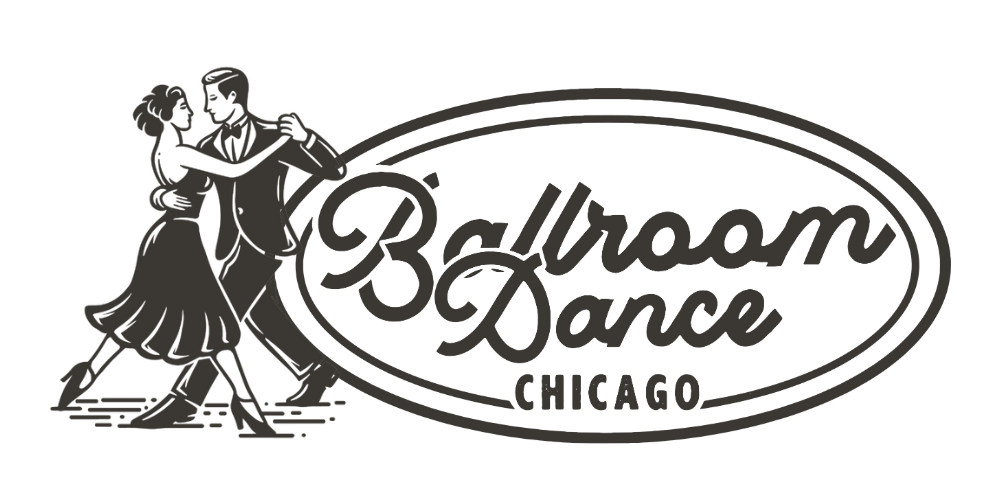Learning to Dance as a Practice
Many people that come to us expect us to tell them the exact number of lessons they’ll need to “feel good” or “wow their guests at their wedding” or “know how to dance together,” but truthfully, there is no magic number of dance lessons. Dance is a practice, much like yoga or faith. Now what do we mean when we say “a practice”? In this context, the dictionary defines practice as “to do (something) regularly or constantly as an ordinary part of your life.”
We’re not saying you need to repent the sins of your past “non-dancer” self and devote your life to one of the dance, but we know that learning a new skill takes consistent time and effort to feel competent. A person doesn’t go to yoga class and declare that “in just 8-10 weeks of doing this, I will be a yogi” ; especially if they plan to stop doing it once those 10 weeks are up. Sure, 8-10 weeks is a solid starting point, but won’t guarantee you any specific results.
Similarly, simply choosing a number of hours to spend learning to dance (for your wedding or otherwise) limits your potential for success. Whether you intend it or not, that number creates a lot of pressure and stress during your lessons which can be incredibly detrimental to the learning process. By doing this, suddenly everything in lessons is categorized as either “Useful to the Final Product” or a “Waste of Time”. The most extreme cases that we see are when couples come in for one hour-long lesson to prepare for their wedding. While we certainly believe that one hour spent practicing is better than no hours spent practicing, there is an incredible amount of pressure on both the students and the instructor to make sure that a new dance step works smoothly on the first attempt to avoid disappointment.
According to a study done by Phillippa Lally at University College London, it takes a person 66 days, on average, before a new behavior becomes automatic. While, in Lally’s study, researchers were particularly concerned with the formation of habits, we can see how this data ties into attaining comfort while learning a new skill: if it takes 66 consecutive days to form a personal habit, it will probably take just as much dedication, if not more, to gain comfort in a new skill.
Because most of our students’ goals include things like “would like to look natural,” and “would like to be in the moment, not thinking about steps or counting,” we encourage them to approach learning to dance as a practice, as building and maintaining a new habit, so to speak. This not only requires that students spend time learning consistently, but also asks that students come to their lessons with an open mind, free from particular goals. We’re not saying to let go of goals entirely; you should definitely have ideas and desires for your dancing skills. But instead, shift your goals to ones of effort (i.e. “I’m going to try my best today no matter what”) instead of aesthetic (i.e. “I’m going to learn 4 spins and a lift today”). When you approach this practice with nonspecific expectations, you allow yourself more mental space to engage fully in the process.
At the end of the day, it’s best to “forget about the number and focus on doing the work.” Just by continuing to show up, you will feel more successful by “making small, incremental improvements — rather than pressuring yourself into thinking that you have to do it all at once.” (James Clear, “How long does it actually take to form a new habit”). If you’d like to read more about mindset, check our blog, “Be happy about dancing! Five attitudes to bring to your dance lessons.” And if you have any other questions about learning to dance, don’t hesitate to email us at info@ballroomdancechicago.com.
